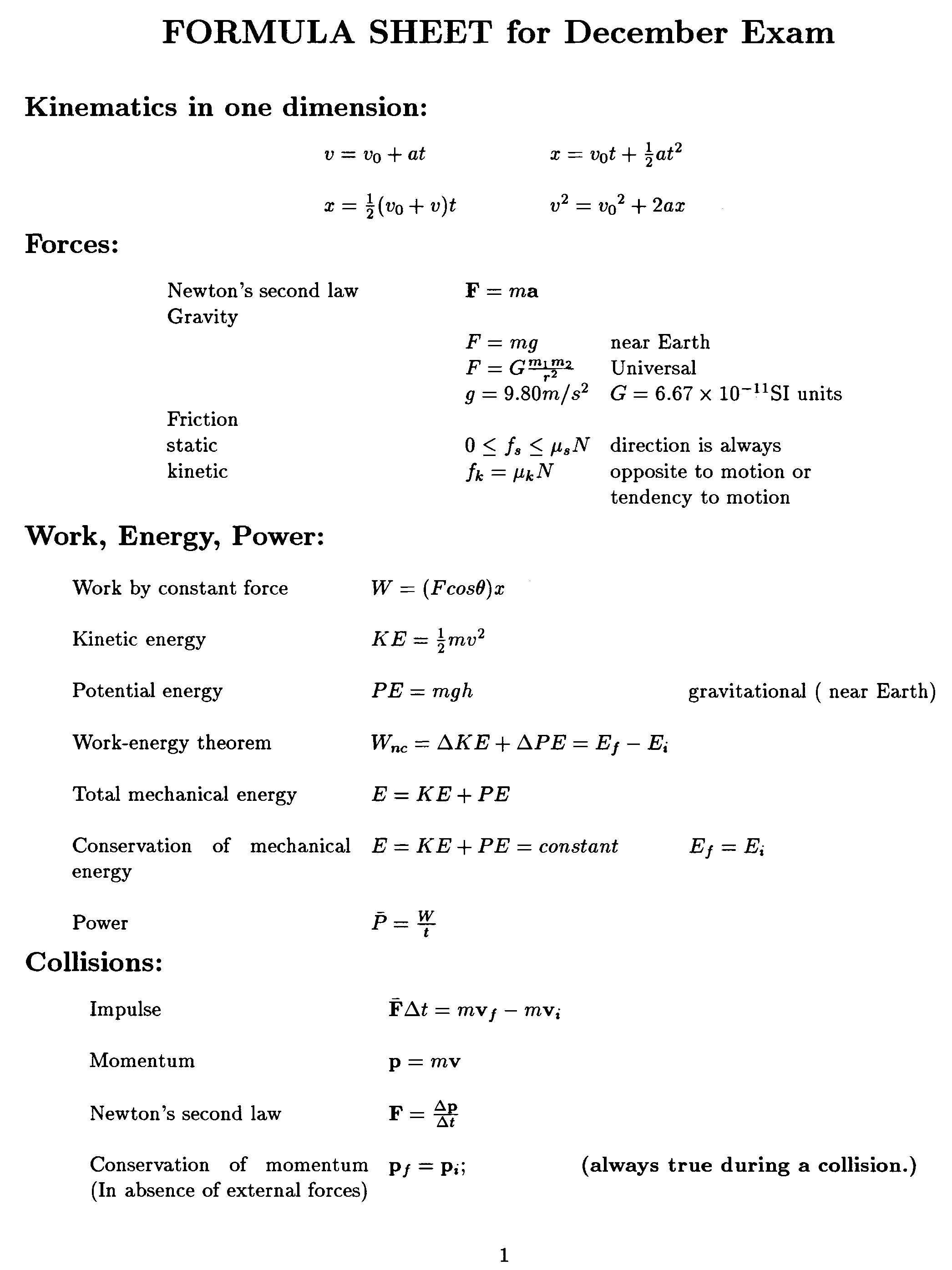Cool Equations Of Motions

A set of momentum balance-impulse equations are derived in terms of the system total momenta by explicitly integrating the canonical equations.
Equations of motions. V v0 at v 25 ms 20 ms2 30 s v 19 ms. The equations of motion are also used in the calculation of optical properties. The equations of motion are used to describe various components of a moving object.
The method shows to be stable while numerically integrating the canonical equations and efficient while. To learn more related concepts with the help of interactive video lessons download BYJUS The Learning App. Newtons Equations of Motion also known as SUVAT equations are explained in detail here.
What are the different Equations of Motion. Newtons second law which states that the force F acting on a body is equal to the mass m of the body multiplied by the acceleration a of its centre of mass F ma is the basic equation of motion in classical mechanics. 32 Primitive equations using sigma coordinate system polar stereographic projection.
To learn more about Motion enrol in our full course now. We have compared the upward and downw. 3 Forms of the primitive equations.
There are three equations of motion that can be used to derive components such as displacement s velocity initial and. Here we will focus on motion. Modeling and prediction of oceanographic phenomena and climate is based on the integration of dynamic equations.
Equations of Motion are the relations that relate the physical quantities like distance travelled time taken initial velocity final velocity and acceleration with each other to facilitate the calculations with regards to a uniformly accelerated motion of an object along a straight line. This section is about solving problems relating to uniformly accelerated motion. Given that we live in a three dimensional universe in which the only constant is change you may be tempted to dismiss this section outright.













